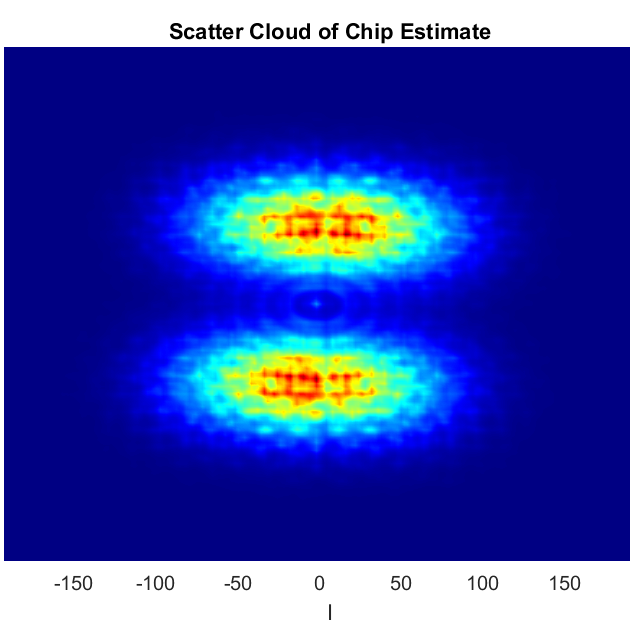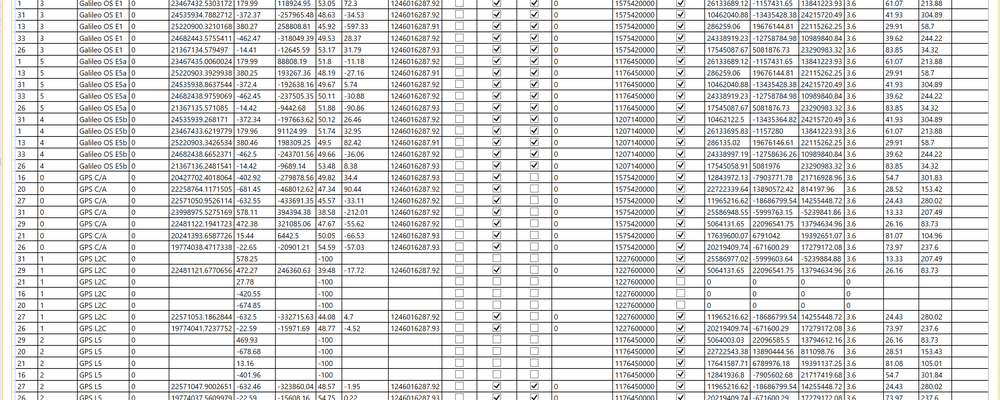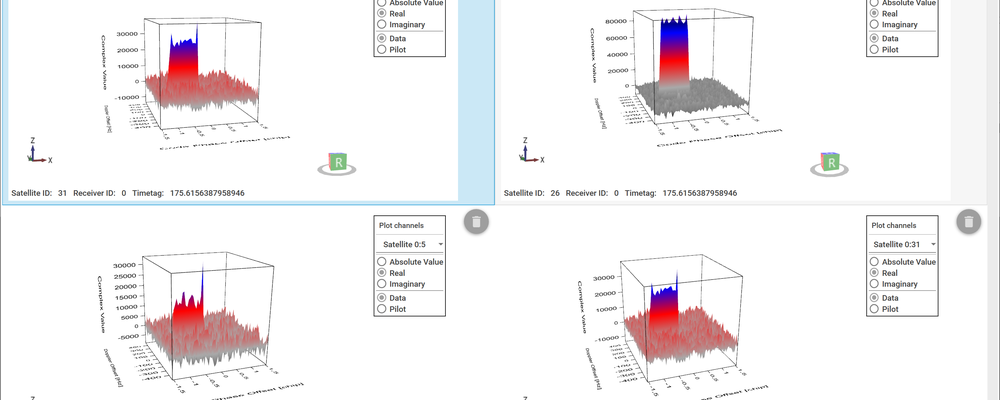The GNSS receiver and simulator group is working on the institutes sophisticated analysis software MuSNAT.
MuSNAT stands for Multi Sensor Navigation Analysis Tool and complements conventional GNSS receiver functionality (acquisition, tracking, position computation) by
The MuSNAt software can be downloaded here: MuSNAT Core
(For getting a licence key message contact Georg Betz, LRT 9.2 /Georg.Betz@unibw.de)
The MuSNAT Analyzer for visualizing data can be dowloaded here: MuSNAT Analyzer
A test dataset showing the multi-GNSS multi-frequency capability can be downloaded here: AnalyzerDatabaseFile
A test dataset showing deep GNSS/INS integration (GPS L1 C/A plus XSens IMU) can be downloaded here: AnalyzerDatabaseFile
An example of a RINEX file can be found here: RINEX OBS file
For a more detailed installation guide and instructions on different configuration parameters and file formats, please refer to the MuSNAT User Manual available online at https://publicwiki.unibw.de/display/MUSNAT/
The current version of the User Manual is prepared for standard (AllGnss) processing.
It is recommended to run MuSNAT with administrator rights as various log files are opened during the processing also in the folder of the executable. The default path (e.g., c:\Program File\MuSNATCore\) is monitored by Windows, which may cause problems if do not grant administrator rights. Alternatively, do install MuSNAT in a folder that is not controlled by Windows, e.g., at c:\MuSNAT.
The standard installer is MuSNATCoreInstaller.exe and does not use CUDA nor Qt. Nevertheless, for various linking compatibilities CUDA and Qt DLLs are included in this installer. They are not used by MuSNAT but loaded at startup.
The MuSNAT-Core version contained in the CUDA installer (available on request) does make use of CUDA to accelerate acquisition and tracking (both features are experimental).
MuSNAT is typically used for:
- GNSS signal and channel analysis
- Signal quality monitoring
- GNSS receiver and navigation algorithm development
- Integration with other navigation technologies such as INS or LiDAR (loose to ultra-tight coupling)
- RTK and PPP.
- Galileo signal authentication (OS-NMA/SCA)
- Spoofing and jamming detection
- Antenna array processing
- New signals like B1C, L1C, …
- Pseudolite signals
A GNSS software receiver is a complete GNSS receiver but performs all signal processing on generic computer instead of using a chip. A frontend is used to convert the analog GNSS signal into digital samples and thus to connect the computer to a GNSS antenna.
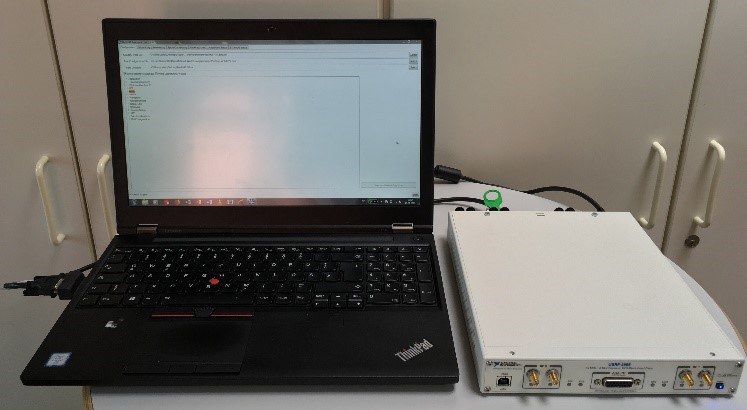
MuSNAT setup
MuSNAT is developed as a Visual Studio 2017 C++/C# project making use of various acceleration techniques like Intel IPP and CUDA. The receiver (=MuSNAT-Core) is configured with an XML-File and started with a simple GUI.

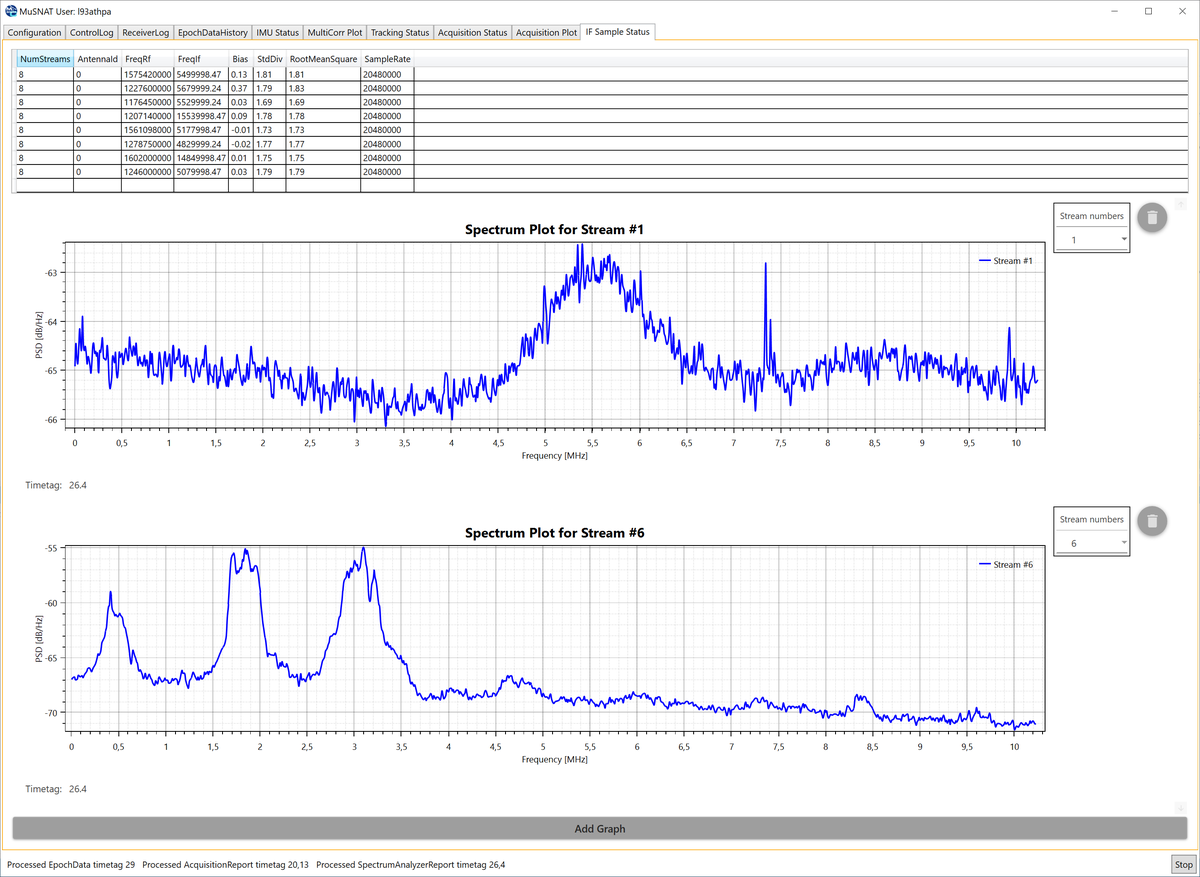
Screenshots of MuSNAT-Core
The MuSNAT-Core logs all GNSS related data including channel wise correlation or tracking loop data plus all sensor data into an SQL database. A dedicated graphical user interface (=MuSNAT-Analyzer) then allows to visualize all data in a time synchronous way to identify relationships between signal and senor data artefacts and positioning performance.
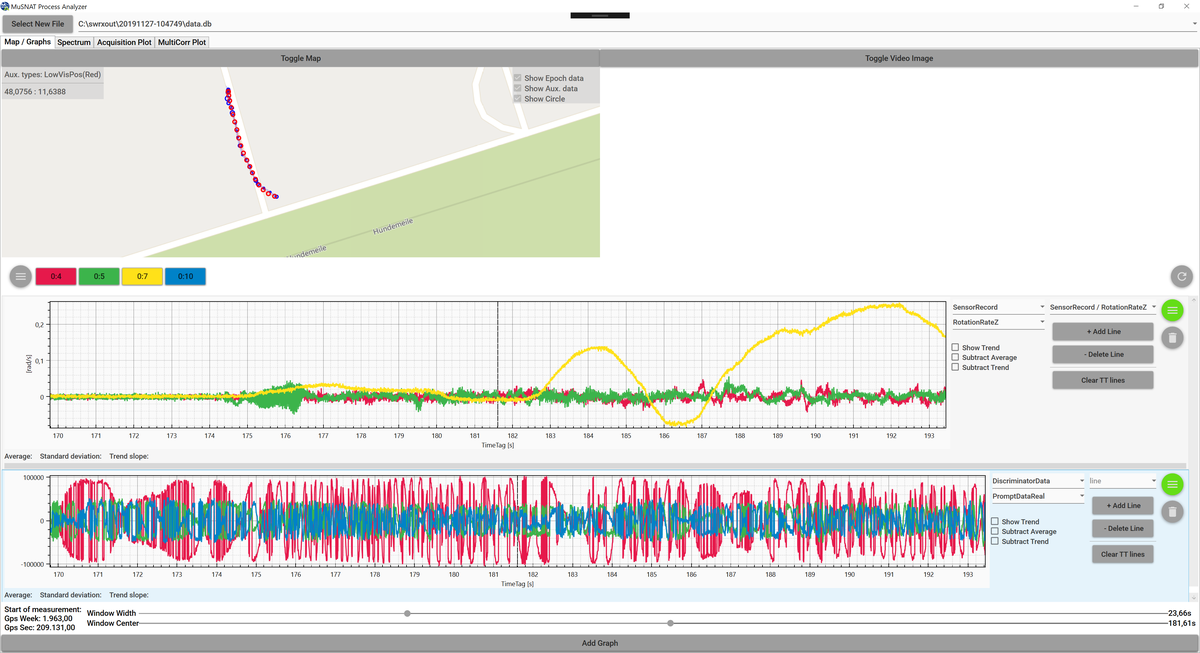
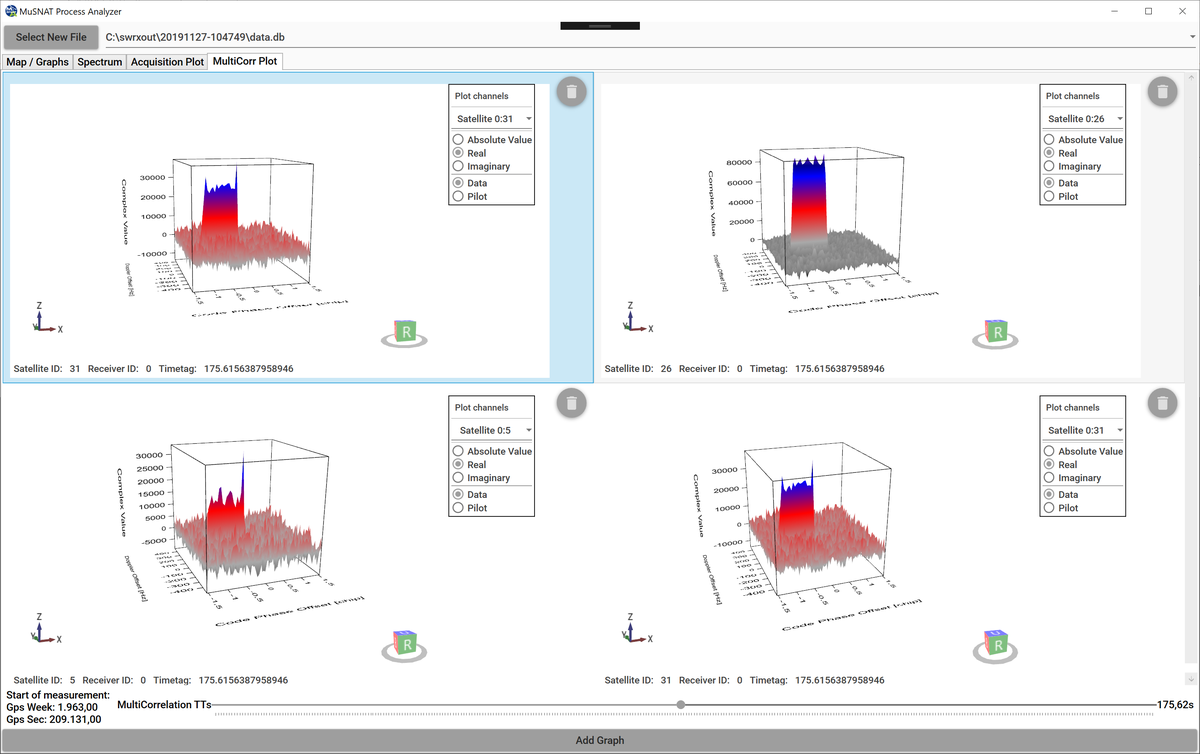
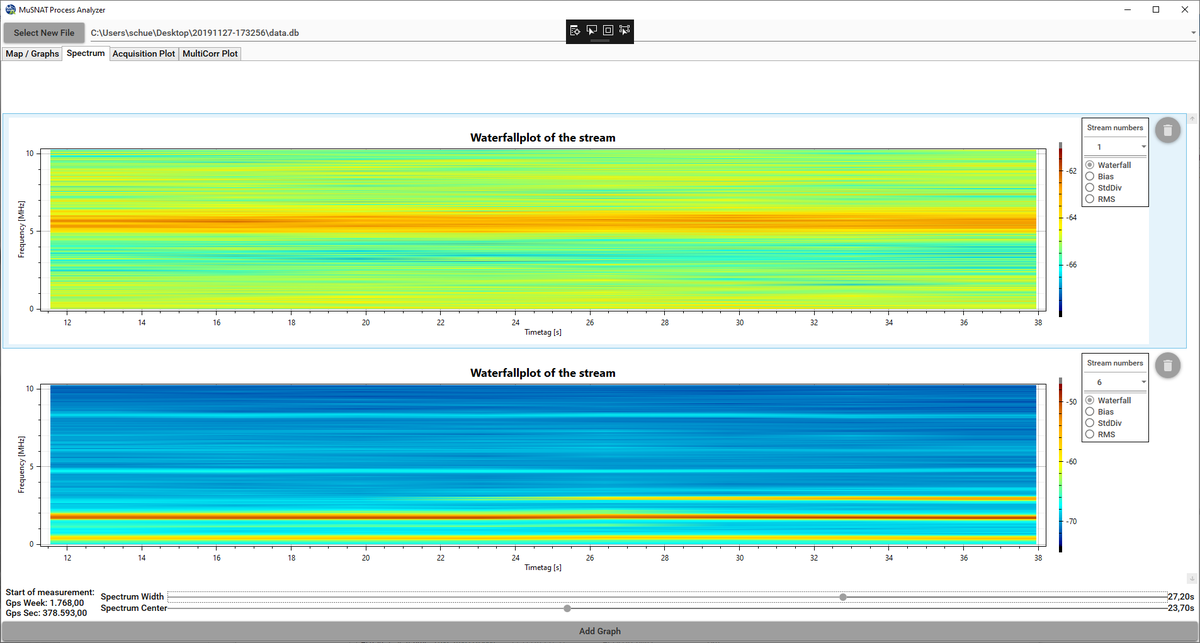
Screenshots of MuSNAT-Analyzer
MuSNAT supports all GNSS and all frequencies as well as inertial (gyro, accelerometer) and camera data. To read in IF samples, the standard developed by the Institute of Navigation is supported as described on http://sdr.ion.org. The software was tested with a maximum sample rate of 200 MHz and 12 separate GNSS frequency bands but is in principle unlimited. The processing speed is high and on a today’s desktop several hundreds of channels can be processed in real-time.
With the help of MATLAB various processing results at signal processing, sensor data or PVT level can also be visualized. Very often acquisition and tracking log files give deeper insight into the GNSS signal processing.
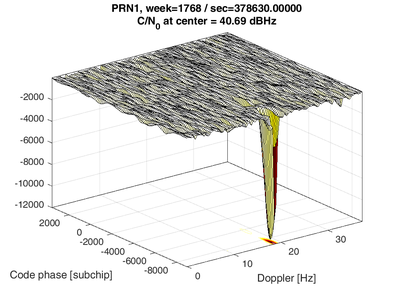
MATLAB visualization of Galileo E1 CBOC acquisition
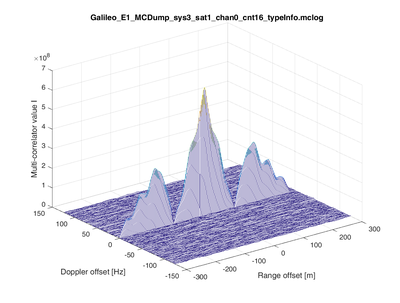
MATLAB visualization of a Galileo E1 CBOC multi-correlator during tracking
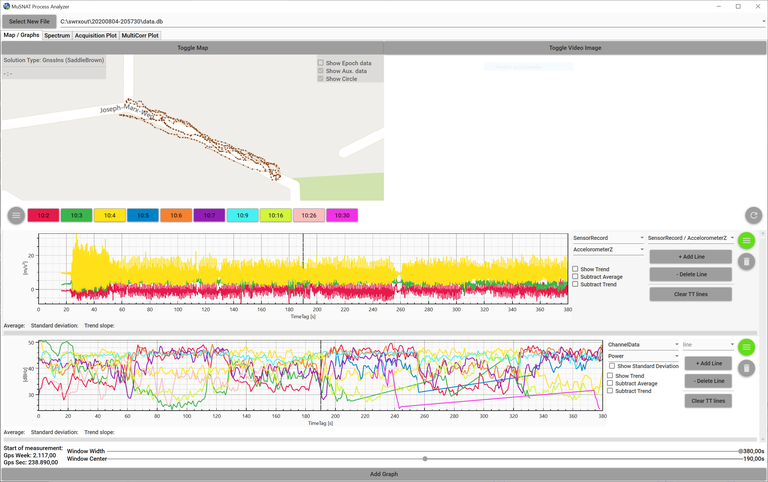
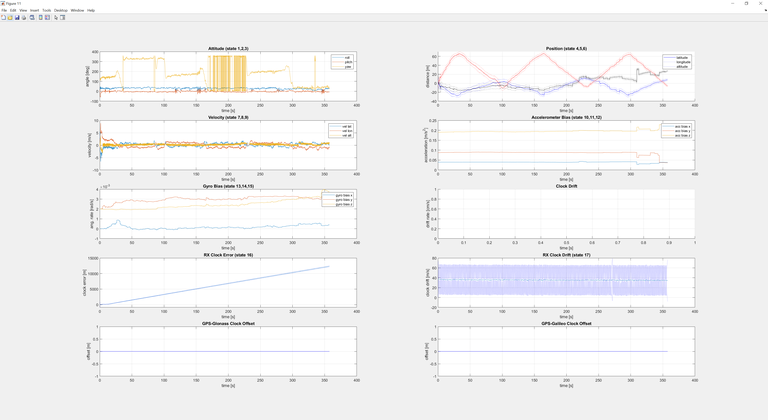
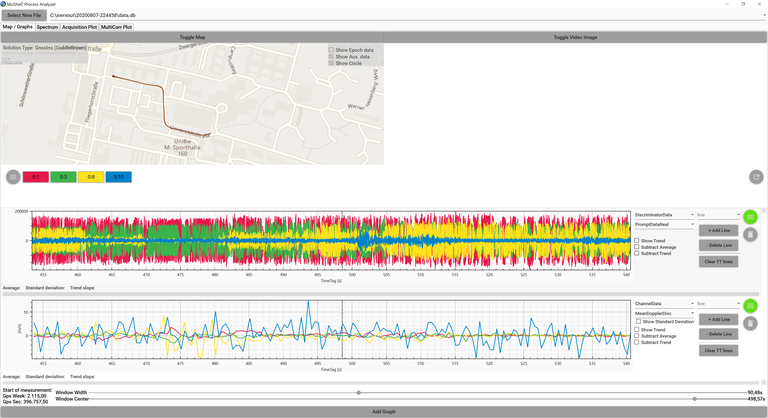
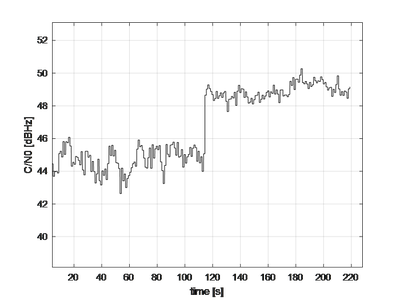 |
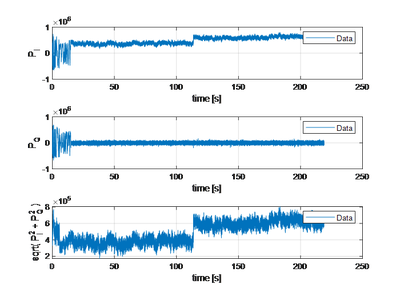 |
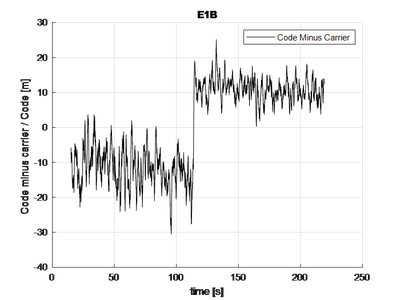 |
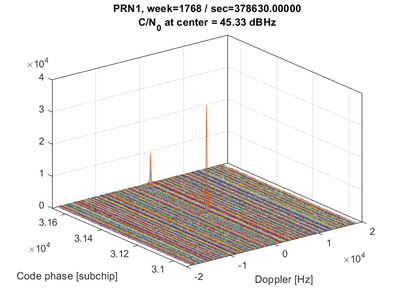 |
Today Real Time Kinematic (RTK) is the most precise and accurate GNSS positioning technique. When used in a sensor fusion, as in the MuSNAT loosely coupled RTK/INS mode, it allows to calibrate the IMU biases during operation very precisely and even during short signal outages the user trajectory may be recovered precisely and smoothly. MuSNAT uses the open source software suite “RTKLib” as RTK engine, and the RTK/INS filter is implemented within the RTKLib as product of a cooperation with the Tokyo University of Marine Science and Technology (TUMSAT).
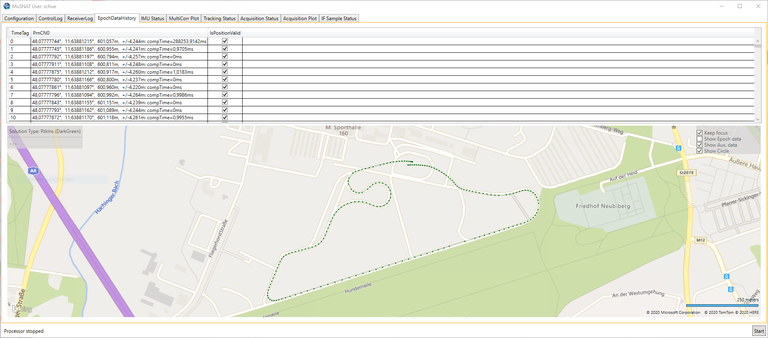
RTK/INS trajectory of a land vehicle with velocities up to 100 km/h, GPS L1/L5 & Galileo E1/E5a, XSens Mti-G IMU
